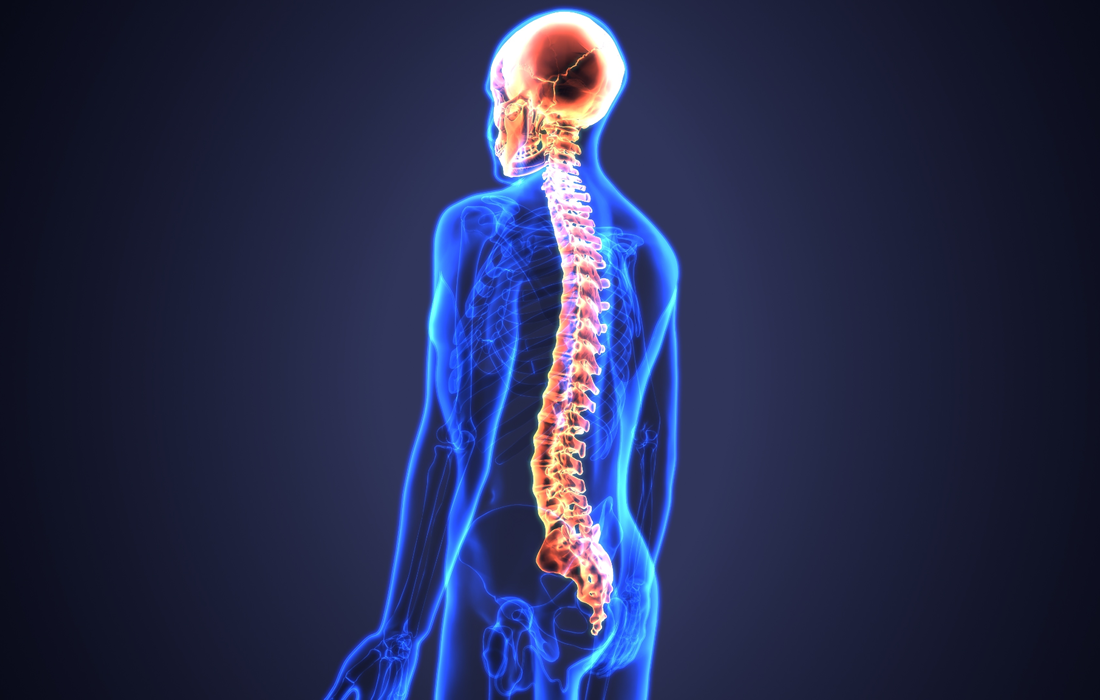Stem Cell Therapy for Specific Conditions
Stem Cell Therapy in Spinal Cord Injury
Traumatic spinal cord injury (SCI) is a major cause of disability in developed countries. The financial burden is significant in terms of direct health care costs as well as loss of economic productivity. Even small improvements in mobility and/or manual dexterity may substantially reduce these costs and improve quality of life. However, current therapeutic options remain limited and there is a need for more effective treatments to restore function in SCI patients.
Because of this lack of current treatment options, new approaches have been made. Cellular therapies is one of them. The use of intravenous infusion of mesenchymal stem cells (MSCs) derived from bone marrow improves functional outcome in experimental models of SCI. The exact mechanism underlying these beneficial effects have not been fully elucidated, but potential mechanisms include neuroprotection and immunomodulation, induction of axonal sprouting, remyelination, restoration of the blood-brain/spinal cord barrier and enhancement of remote gene expression responses in the brain.
A group of researchers from Yale University and Japan recently published a study in the Journal of Clinical Neurology and Neurosurgery. In their study they included 13 patients with SCI. They reported no abnormal cell growth, central nervous system tumors or neurological deterioration on none of the patients after the therapy.
More than 50% of the patients had substantial improvements in key functions, such as the ability to walk or to use their hands. These results were observed just weeks after the stem cell infusion according to the report and no substantial side effects were reported.
The patients had sustained non-penetrating spinal cord injuries, in many cases from falls or minor trauma, several weeks prior to implantation of the stem cells. Their symptoms involved loss of motor function and coordination, sensory loss, as well as bowel and bladder dysfunction. The stem cells were prepared from the patient’s own bone marrow via culture protocol that took a few weeks in a specialized cell processing center. The cells were injected intravenously in this series, with each patient serving as their own donor.
The researchers stress that additional studies will be needed to confirm the results of this preliminary, unblinded trial. They also stress that this could take years. Despite the challenges, they remain optimistic.
Similar results with stem cells in patients with stroke increases their confidence that this approach may be clinically useful. Also, the idea that patients could be able to restore function after injury to the brain and spinal cord using stem cells has been a research topic for years. This and other studies prove that the therapy is feasible in humans and not only in animal models.
Source:
Honmou, O., Yamashita, et al. Intravenous infusion of auto serum-expanded autologous mesenchymal stem cells in spinal cord injury patients: 13 case series. Clinical Neurology and Neurosurgery, 203, 106565. https://doi.org/10.1016/j.clineuro.2021.106565

